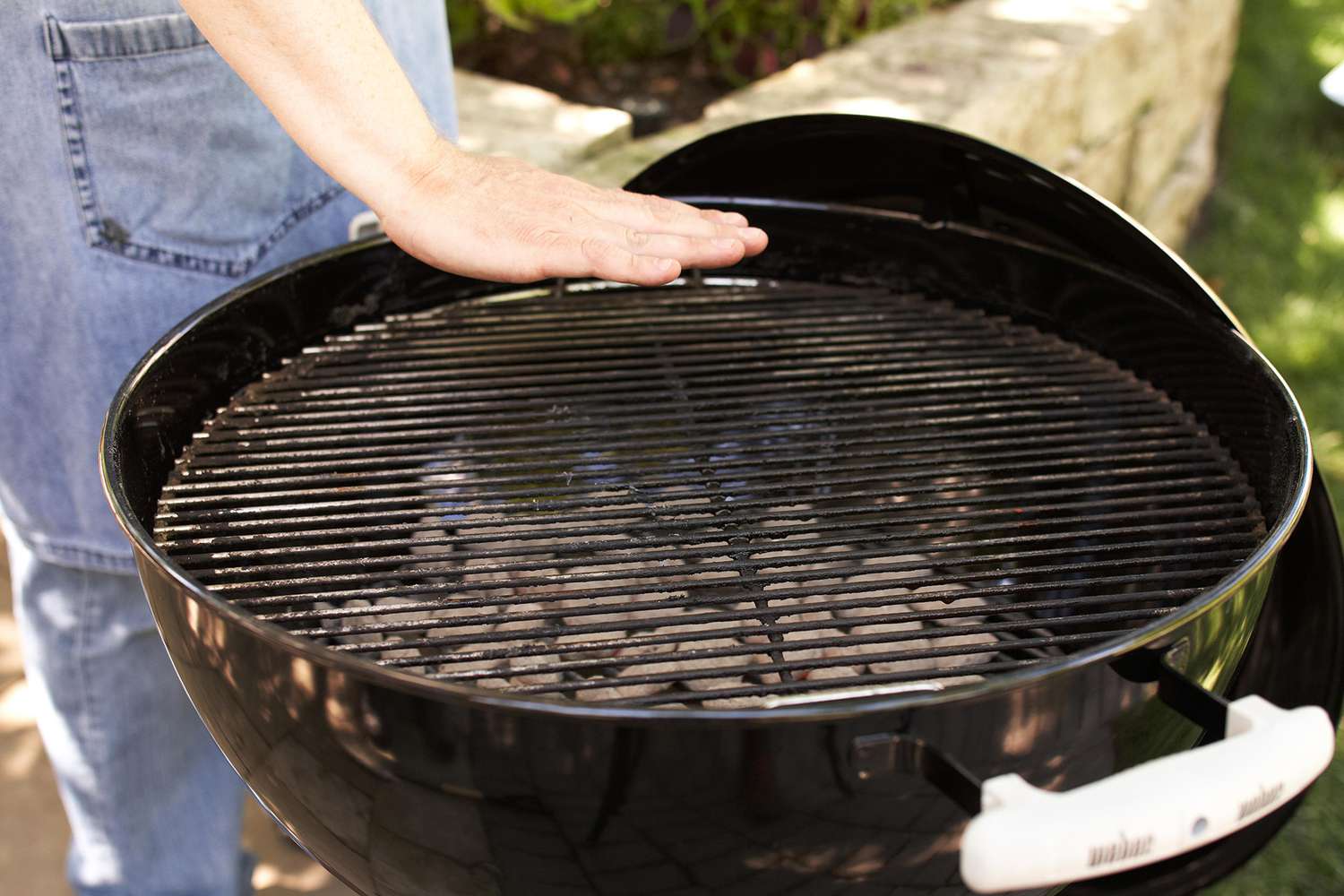

Articles
How To Control Charcoal Grill Temperature
Modified: February 27, 2024
Learn effective techniques and tips for controlling the temperature of your charcoal grill with these informative articles. Master the art of grilling perfection.
(Many of the links in this article redirect to a specific reviewed product. Your purchase of these products through affiliate links helps to generate commission for Storables.com, at no extra cost. Learn more)
Introduction
Welcome to the world of charcoal grilling, where the sizzle of hot coals and the savory aroma of grilled food create an unmatched culinary experience. Grilling with charcoal brings about a unique flavor and texture that is hard to replicate with any other cooking method. However, mastering the art of charcoal grilling requires more than just throwing food on the grill and hoping for the best.
A crucial element of charcoal grilling is controlling the temperature. The ability to manipulate and maintain the heat of your grill is essential for achieving perfectly cooked meals. Whether you’re searing steaks, smoking ribs, or grilling vegetables, understanding how to control the temperature of your charcoal grill will elevate your grilling game to new heights.
In this article, we will dive into the importance of controlling charcoal grill temperature, explore the components of a charcoal grill, and provide you with practical tips and techniques to effectively adjust and maintain the temperature of your grill.
Key Takeaways:
- Mastering temperature control on a charcoal grill is essential for achieving perfectly cooked meals, preventing flare-ups, and ensuring accurate cooking times, elevating your grilling game to new heights.
- Understanding the components of a charcoal grill, utilizing the two-zone grilling method, and implementing practical tips and tricks are key to maintaining consistent temperature and unlocking a world of culinary possibilities.
Read more: Where To Buy Charcoal Grills
Why Controlling Charcoal Grill Temperature is Important
Temperature control is the secret ingredient that separates a good griller from a master griller. When it comes to cooking on a charcoal grill, precise temperature management is crucial for two primary reasons: achieving optimal doneness and avoiding flare-ups.
Firstly, controlling the temperature allows you to cook your food to perfection. Different types of food require different levels of heat to reach their ideal internal temperatures. Whether you’re grilling a thick-cut steak or a delicate piece of fish, being able to adjust the temperature ensures that your food will be cooked evenly and precisely. Without proper temperature control, you run the risk of undercooking or overcooking your meal, resulting in a subpar dining experience.
Secondly, maintaining proper temperature control helps prevent flare-ups. When fat and juices from the food drip onto the hot coals, it can cause sudden bursts of flames, leading to charred or burnt food. By manipulating the heat of your charcoal grill, you can minimize the likelihood of flare-ups and achieve a beautifully seared exterior without sacrificing the juicy and tender interior.
Furthermore, temperature control is essential for controlling cooking times. When you have better control over the heat of your grill, you can accurately estimate how long it will take for your food to cook. This allows you to plan your meals more effectively and ensure that everything is ready to be served at the same time.
Whether you’re a seasoned griller or just starting out, understanding and mastering temperature control on your charcoal grill will elevate your grilling skills and unlock a world of culinary possibilities. Now that we understand why temperature control is important, let’s delve into the components of a charcoal grill.
Understanding the Components of a Charcoal Grill
To effectively control the temperature of your charcoal grill, it is essential to familiarize yourself with its key components. Understanding how these components work together will empower you to make precise adjustments and achieve the desired temperature for your grilling needs.
Here are the main components of a typical charcoal grill:
- Firebox: This is where you place the charcoal briquettes or lump charcoal. It is the heart of the grill and where the heat is generated.
- Grates: The grates serve as the cooking surface where you place your food. They come in various materials, such as stainless steel or cast iron, and their design affects the distribution of heat.
- Vents: Vents are openings located on the top and bottom of the grill. They allow for airflow, which is essential for controlling the temperature. The size and position of the vents determine how much air enters and exits the grill.
- Lid: The lid covers the grill and helps retain heat. It is especially useful for indirect grilling or when you want to achieve a smoky flavor by trapping the smoke inside.
- Ash catcher: Many charcoal grills have an ash catcher at the bottom to collect the ash from the burned charcoal. Keeping the ash cleaned out regularly allows for better airflow and temperature control.
Understanding how these components work together will give you a solid foundation for controlling the temperature on your charcoal grill. The next section will focus on using the vents to manage the heat.
Controlling Temperature with the Vents
When it comes to temperature control on a charcoal grill, the vents play a crucial role. By adjusting the vents, you can regulate the amount of oxygen that reaches the coals, ultimately controlling the intensity of the fire and the temperature inside the grill.
Here are some key points to keep in mind when using the vents:
- Bottom Vent: The bottom vent is typically located at the base of the grill, beneath the firebox. This vent is responsible for supplying oxygen to the coals. By opening the bottom vent wider, you allow more air to flow, increasing the heat. Conversely, closing the vent partially or completely restricts the airflow, lowering the temperature.
- Top Vent: The top vent is usually situated on the lid of the grill. It serves two purposes: releasing excess heat and controlling the overall airflow. Opening the top vent allows hot air to escape, preventing the temperature from rising too high. Closing the top vent partially or completely traps the heat inside, maintaining a higher temperature.
When starting your grill, open both the bottom and top vents fully to provide maximum airflow and allow the coals to ignite. As the coals start to heat up and reach the desired temperature, you can begin adjusting the vents to fine-tune the heat.
Remember, small adjustments to the vents can make a significant impact on the temperature. If you find that the grill is getting too hot, close the vents slightly to reduce the airflow and lower the temperature. If the temperature is too low, open the vents more to increase the airflow and raise the heat.
It’s important to note that temperature changes may take some time to stabilize after adjusting the vents. Be patient and allow the grill to settle at the desired temperature before making additional adjustments.
Next, we’ll explore the two-zone grilling method, which provides even greater control over your charcoal grill’s temperature.
Using the Two-Zone Grilling Method
The two-zone grilling method is a technique that allows you to create two distinct temperature zones on your charcoal grill. This method provides flexibility when it comes to cooking different types of food that require varying levels of heat.
Here’s how to set up a two-zone grill:
- Direct Heat Zone: On one side of the grill, place the charcoal in a single layer. This area will provide high, direct heat for searing meats or quickly cooking foods that require intense heat.
- Indirect Heat Zone: On the other side of the grill, leave it charcoal-free. This area will serve as the cooler, indirect heat zone for slower cooking, allowing the food to cook more gently without the risk of burning.
The two-zone grilling method gives you more control over the cooking process. For example, if you are grilling steaks, you can sear them over the hot, direct heat zone to achieve a beautiful crust, and then move them to the indirect heat zone to finish cooking without charring the exterior too much.
Additionally, the indirect heat zone is perfect for foods that require longer cooking times, such as large cuts of meat or delicate vegetables. By placing them in the cooler zone, you can have better control over the cooking process, ensuring they are cooked to perfection.
Remember to keep the lid closed as much as possible to maintain a consistent temperature in each zone. Opening the lid frequently can cause temperature fluctuations and extend the cooking time.
The two-zone grilling method is a game-changer when it comes to achieving precise and controlled cooking on your charcoal grill. By utilizing this technique, you can accommodate a variety of foods with different cooking requirements and achieve delicious results every time.
Now that we’ve covered the two-zone grilling method, let’s move on to discussing how to adjust the temperature on a charcoal grill.
To control the temperature of a charcoal grill, use the bottom vents to adjust airflow. Open vents for higher heat and close them for lower heat. Additionally, adjust the position of the charcoal to create different heat zones.
Read more: How To Get Charcoal Grill Hotter
How to Adjust the Temperature on a Charcoal Grill
Adjusting the temperature on a charcoal grill requires a combination of airflow control, fuel management, and monitoring the grill’s internal temperature. Here are some steps to help you adjust the heat levels:
- Opening and closing the vents: As mentioned earlier, the vents play a crucial role in temperature control. To increase the heat, open the vents to allow more oxygen into the coals. To decrease the heat, partially or fully close the vents to limit the airflow. Remember to make small adjustments and give the grill some time to reach the desired temperature before making further changes.
- Fuel management: The amount of charcoal used affects the intensity and duration of the heat. To raise the temperature, add more charcoal. To lower the temperature, reduce the amount of charcoal or adjust the vents to restrict airflow. By managing the fuel, you can achieve the desired temperature more effectively.
- Using a chimney starter: A chimney starter is a fantastic tool for controlling the temperature. Fill the chimney starter with coals, light it using newspaper or fire starters, and allow the coals to burn until they are covered with white-gray ash. Then, carefully pour the hot coals into the grill’s firebox, ensuring an evenly distributed heat source.
- Monitoring the grill’s internal temperature: Use a grill thermometer or probe thermometer to keep track of the temperature inside the grill. This will help you make necessary adjustments to maintain the desired heat level. Place the thermometer near the cooking area, preferably at the grill grate level, for accurate readings.
Keep in mind that adjusting the temperature on a charcoal grill is not an exact science. It may take some trial and error to find the perfect balance and achieve consistent results. Practice, observation, and experience will refine your ability to control the temperature over time.
Now that you know how to adjust the temperature, let’s explore some additional tips and tricks for maintaining temperature on a charcoal grill.
Tips and Tricks for Maintaining Temperature
Maintaining a steady temperature on a charcoal grill can be a challenging task. However, with these tips and tricks, you’ll be able to master the art of temperature control and achieve consistent results:
- Preheat the grill: Give your grill enough time to preheat before placing the food on the grates. This helps establish a stable temperature foundation and ensures even cooking.
- Arrange the charcoal: Arrange the charcoal in a way that promotes even heat distribution. Avoid piling the coals too tightly, as it can restrict airflow and lead to uneven temperatures. Give the coals some space to breathe and burn evenly.
- Use a water pan: Placing a water pan near the coals can help regulate temperature and provide moisture, preventing the food from drying out. The water pan also helps control flare-ups and acts as a heat buffer for more gentle cooking.
- Control the lid: Opening the lid releases heat, so try to minimize lid opening as much as possible. Only open it when necessary, such as when flipping or adding food. Keeping the lid closed helps maintain a consistent temperature.
- Rotate and flip the food: To ensure even cooking, rotate and flip the food regularly. This helps distribute the heat more evenly and prevents hot spots from overcooking certain areas of the food.
- Control air leaks: Check for any air leaks around the grill’s lid or vents. The presence of leaks can disrupt the airflow and make it difficult to maintain a consistent temperature. Use gaskets or seals to minimize air leakage and improve temperature control.
- Experiment with different charcoal types: Different types of charcoal can have varying burn times and heat intensities. Experiment with different brands and types to find the ones that best suit your grilling needs and offer better temperature control.
- Keep a watchful eye: Finally, always keep an eye on the grill and monitor the temperature throughout the cooking process. Adjust the vents and fuel as needed to maintain the desired temperature range.
By implementing these tips, you’ll be able to maintain a more consistent temperature on your charcoal grill, ensuring that your food is cooked to perfection every time.
Now let’s move on to some common mistakes to avoid when attempting to control the temperature on a charcoal grill.
Common Mistakes to Avoid
When it comes to controlling the temperature on a charcoal grill, there are some common pitfalls that can hinder your grilling experience. By avoiding these mistakes, you’ll be able to maintain optimal temperature control and achieve fantastic results:
- Starting with insufficient fuel: One common mistake is not using enough charcoal at the start. Insufficient fuel can lead to low temperatures and difficulty in reaching and maintaining the desired cooking heat. Make sure to use an adequate amount of charcoal to ensure sufficient heat.
- Overcrowding the grill: Overcrowding the grill with too much food can impede proper heat circulation and result in uneven cooking. Give your food enough space on the grill grates for the heat to circulate evenly around each item.
- Adjusting the vents too frequently: Making constant adjustments to the vents can disrupt the stability of the temperature. Avoid the temptation to fiddle with the vents too often. Make gradual adjustments and give the grill time to respond before making further changes.
- Neglecting to clean the grill: A dirty grill can affect temperature control and lead to inconsistent cooking. Make it a habit to clean your grill grates and remove any ashes or debris before each grilling session. This helps promote good airflow and temperature control.
- Skipping the preheating step: Preheating the grill is essential for achieving consistent temperature control. Skipping this step can result in uneven heat distribution and improper cooking. Allow your grill sufficient time to preheat before placing the food on the grates.
- Not using a grill thermometer: Relying solely on guesswork or visual cues to determine the temperature is not advisable. Invest in a good-quality grill thermometer or probe thermometer to accurately monitor the internal temperature of your grill. This will help you make more informed temperature adjustments.
- Ignoring the importance of resting the food: Resting the cooked food before serving allows the juices to redistribute and results in a more flavorful and tender end result. Avoid the temptation to cut into the food immediately after grilling, as this can lead to moisture loss.
- Not considering outdoor factors: Outdoor conditions, such as wind and ambient temperature, can affect temperature control on a charcoal grill. Be mindful of these factors and make necessary adjustments to compensate for any variations in heat caused by external elements.
By avoiding these common mistakes, you’ll be well on your way to mastering temperature control on your charcoal grill and creating mouthwatering meals every time.
Now, let’s wrap up our discussion on controlling charcoal grill temperature.
Conclusion
Controlling the temperature on a charcoal grill is a skill that separates the average grillers from the true masters of the craft. With the ability to manipulate and maintain the heat, you can achieve perfectly cooked meals that are bursting with flavor.
In this article, we explored the importance of temperature control when grilling with charcoal. We discussed how precise temperature management ensures optimal doneness, prevents flare-ups, and allows for more accurate cooking times.
We also delved into the components of a charcoal grill, including the firebox, grates, vents, lid, and ash catcher. Understanding how these parts work together is essential for effective temperature control.
Furthermore, we learned about the significant role of the vents in regulating the airflow and heat intensity of a charcoal grill. By opening and closing the vents strategically, we can adjust the temperature to our desired levels.
We explored the two-zone grilling method, which provides versatility and control by creating distinct temperature zones on the grill. This technique allows for different cooking styles and caters to foods that require varying levels of heat.
To adjust the temperature on a charcoal grill, we looked at the importance of opening and closing the vents, managing fuel, using a chimney starter, and monitoring the grill’s internal temperature. By employing these methods, we can fine-tune the heat to achieve the desired results.
Finally, we discussed some valuable tips and tricks for maintaining temperature on a charcoal grill, as well as common mistakes to avoid. Applying these recommendations will help you become a proficient temperature controller and elevate your grilling game.
With continued practice and experience, you will develop the skills needed to control the temperature on your charcoal grill with confidence and precision. So fire up that grill, experiment with different cooking techniques, and enjoy the incredible flavors that come from mastering temperature control on your charcoal grill.
Frequently Asked Questions about How To Control Charcoal Grill Temperature
Was this page helpful?
At Storables.com, we guarantee accurate and reliable information. Our content, validated by Expert Board Contributors, is crafted following stringent Editorial Policies. We're committed to providing you with well-researched, expert-backed insights for all your informational needs.
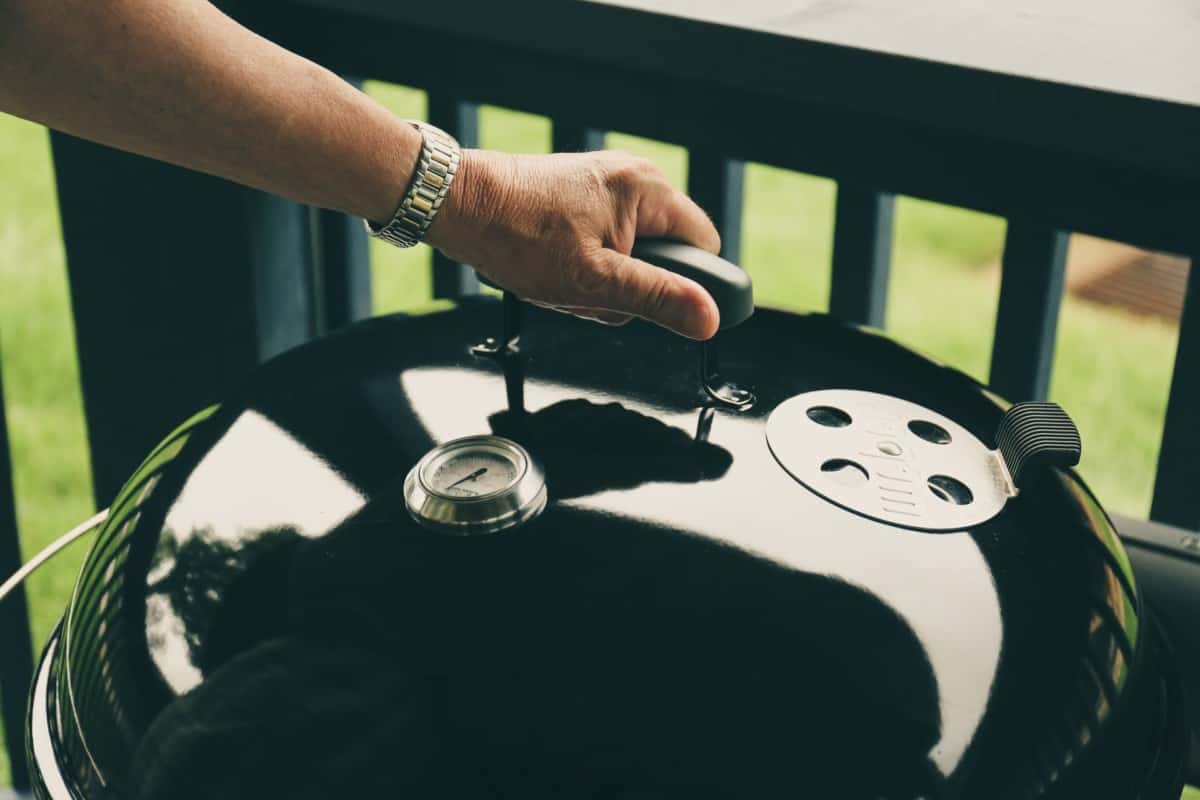
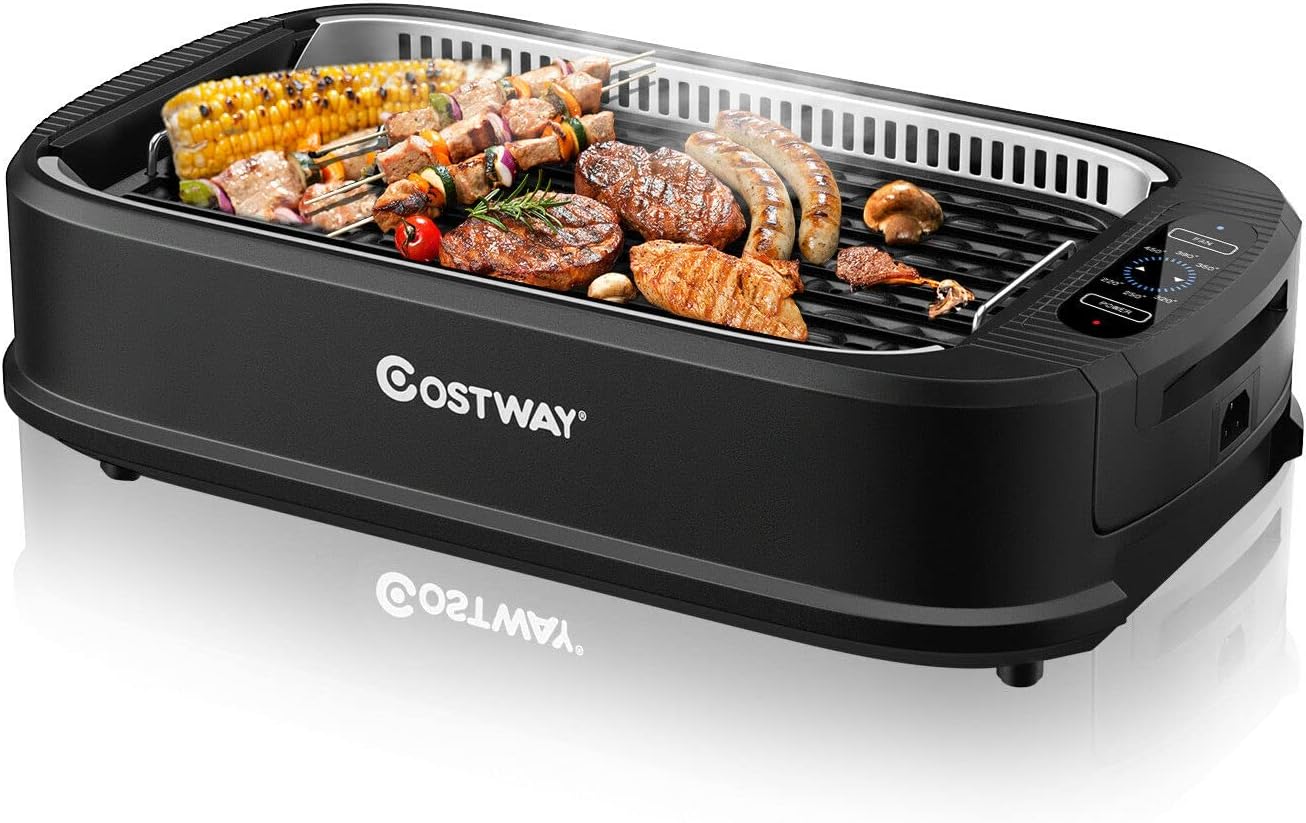
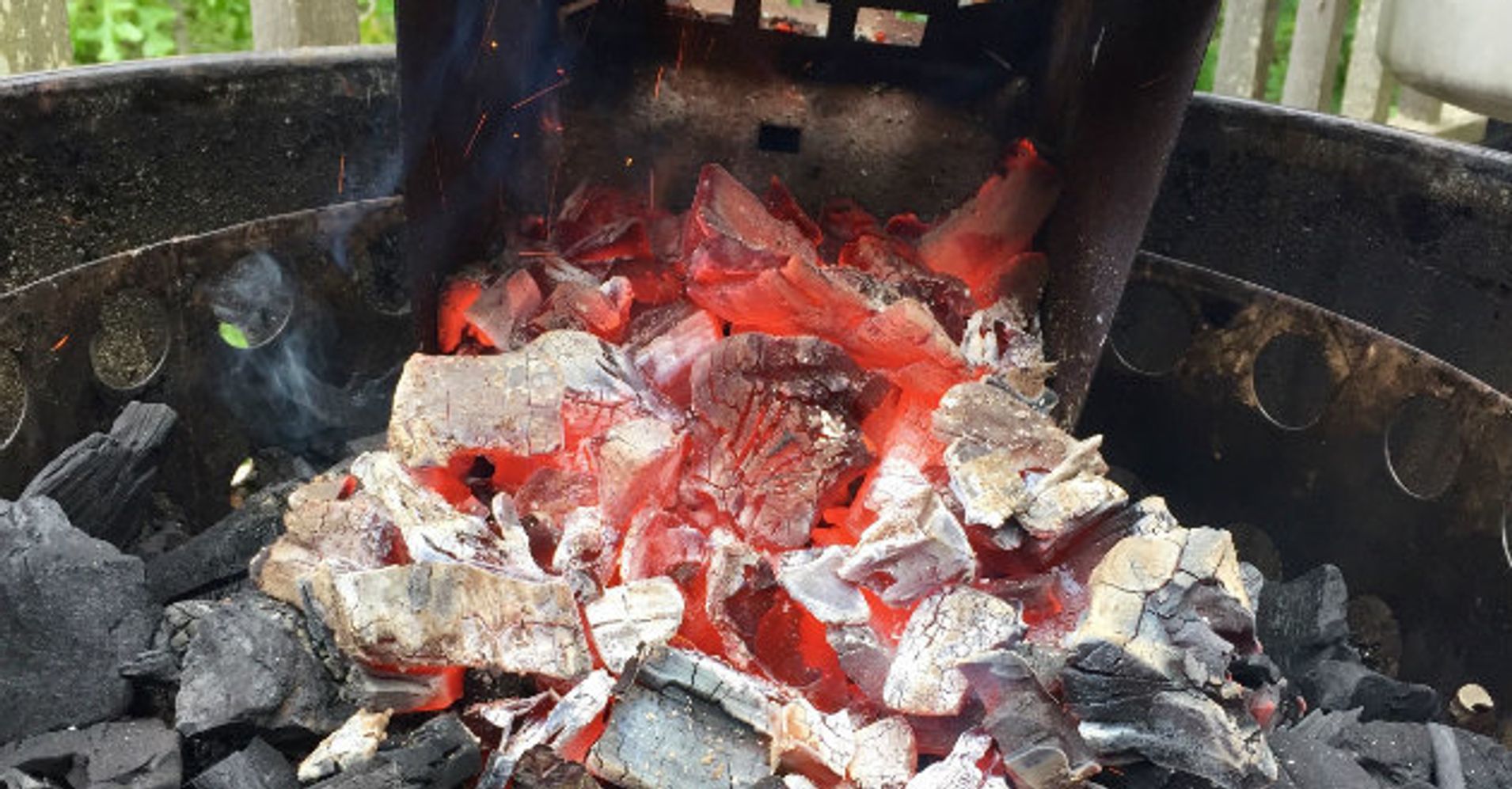
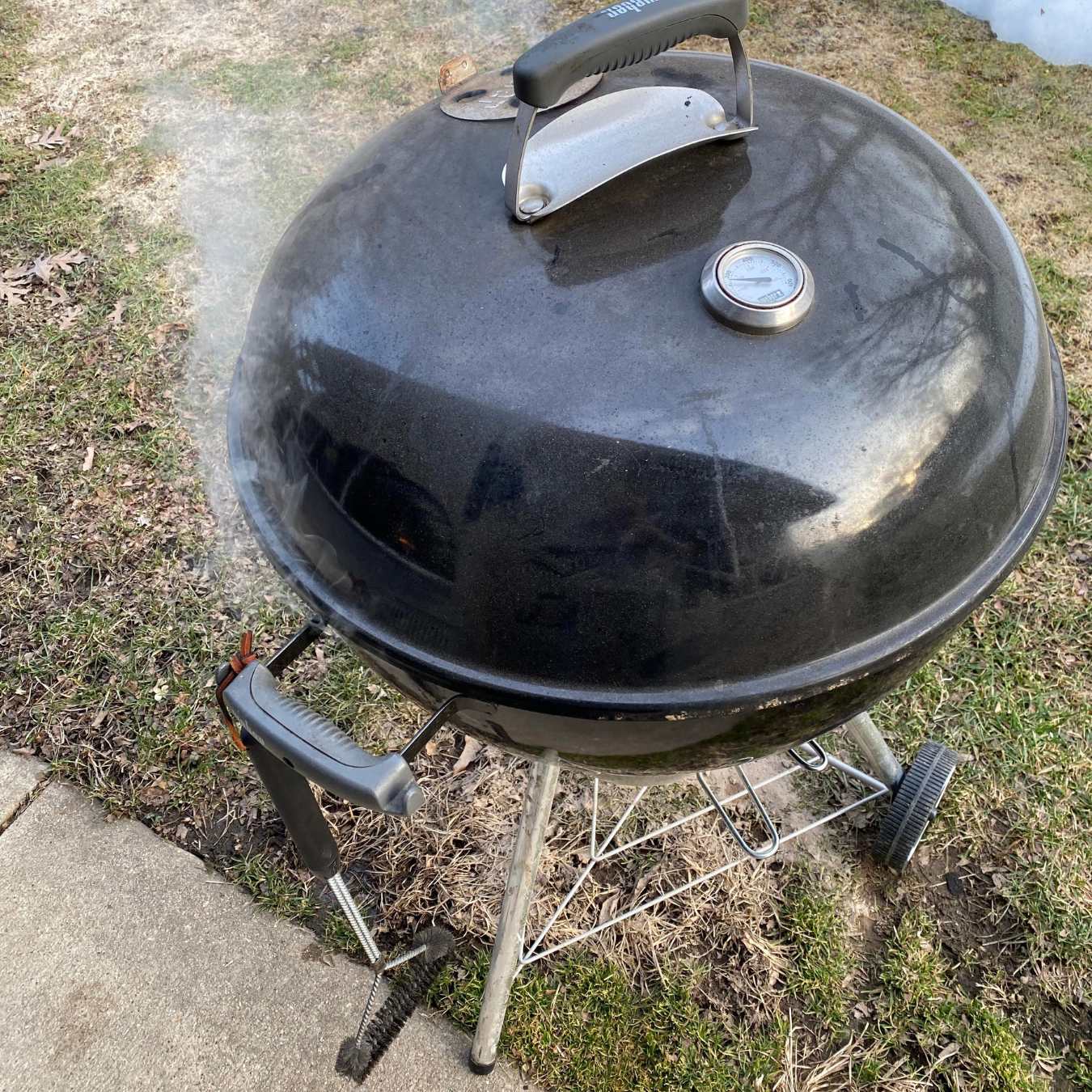
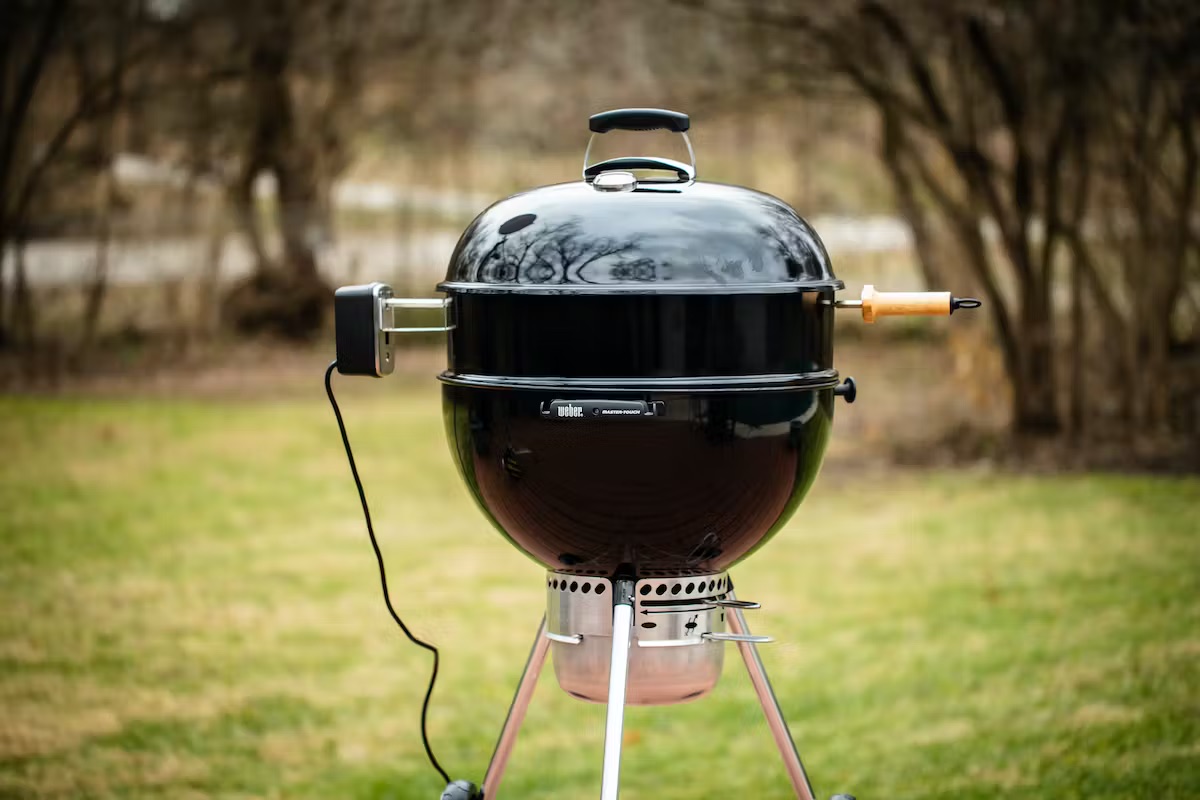
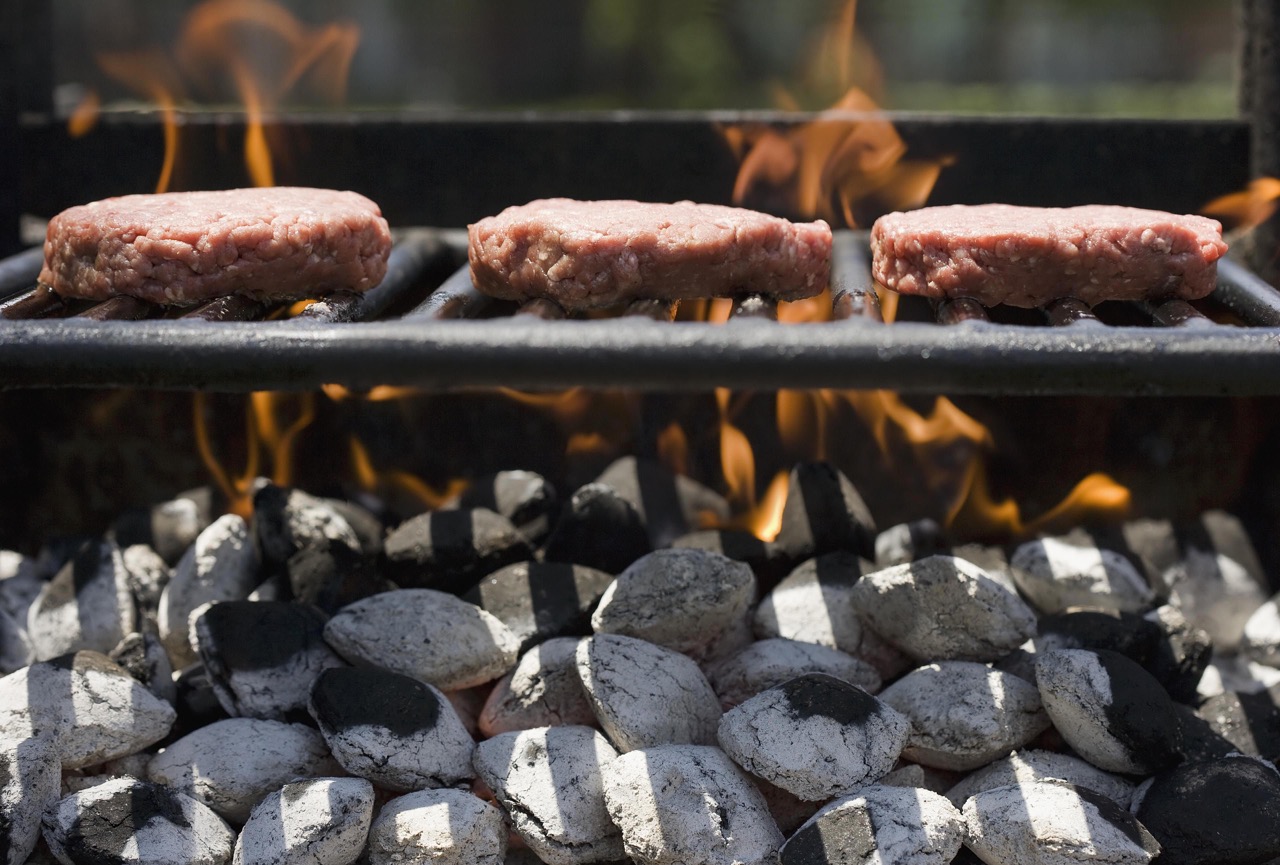
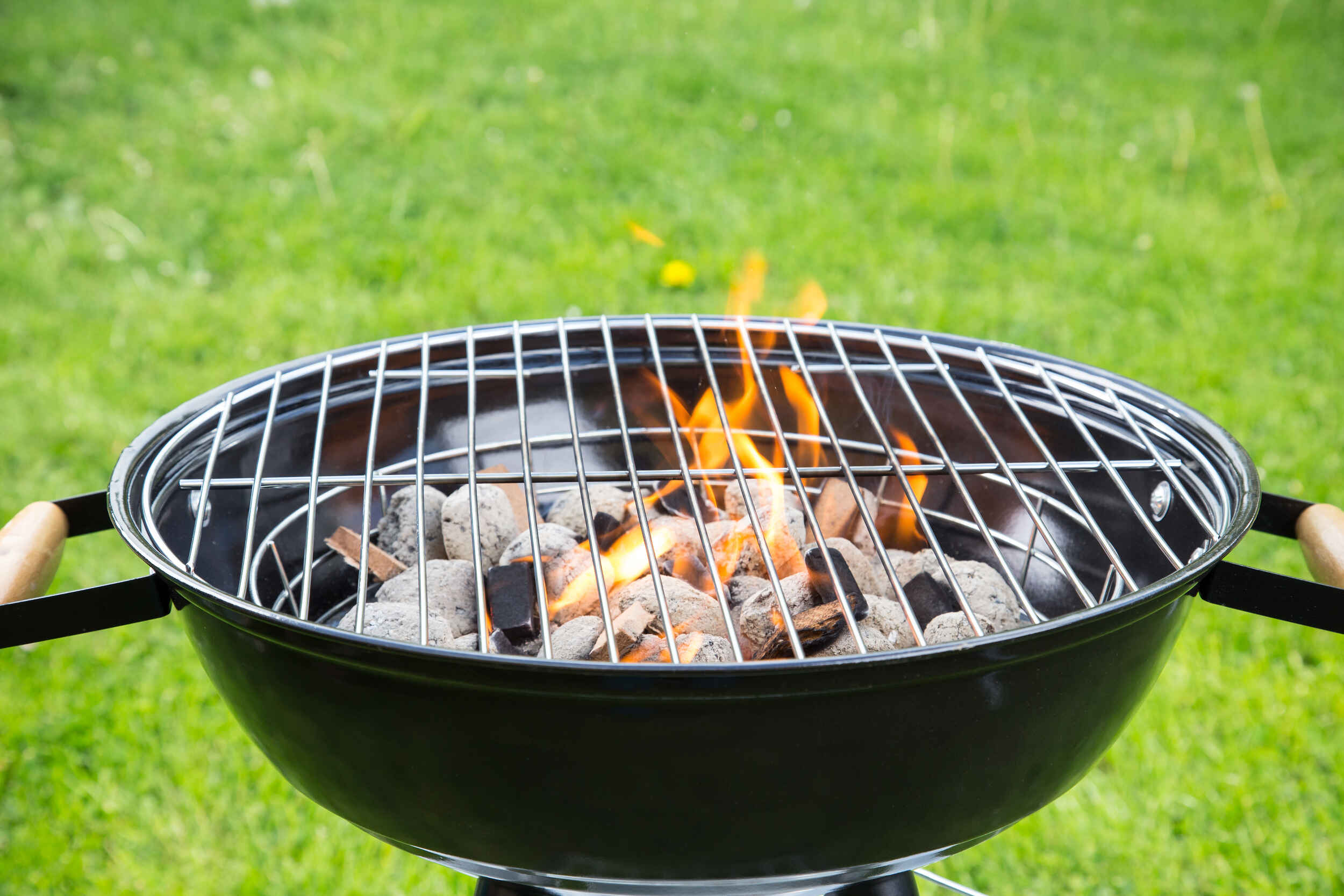

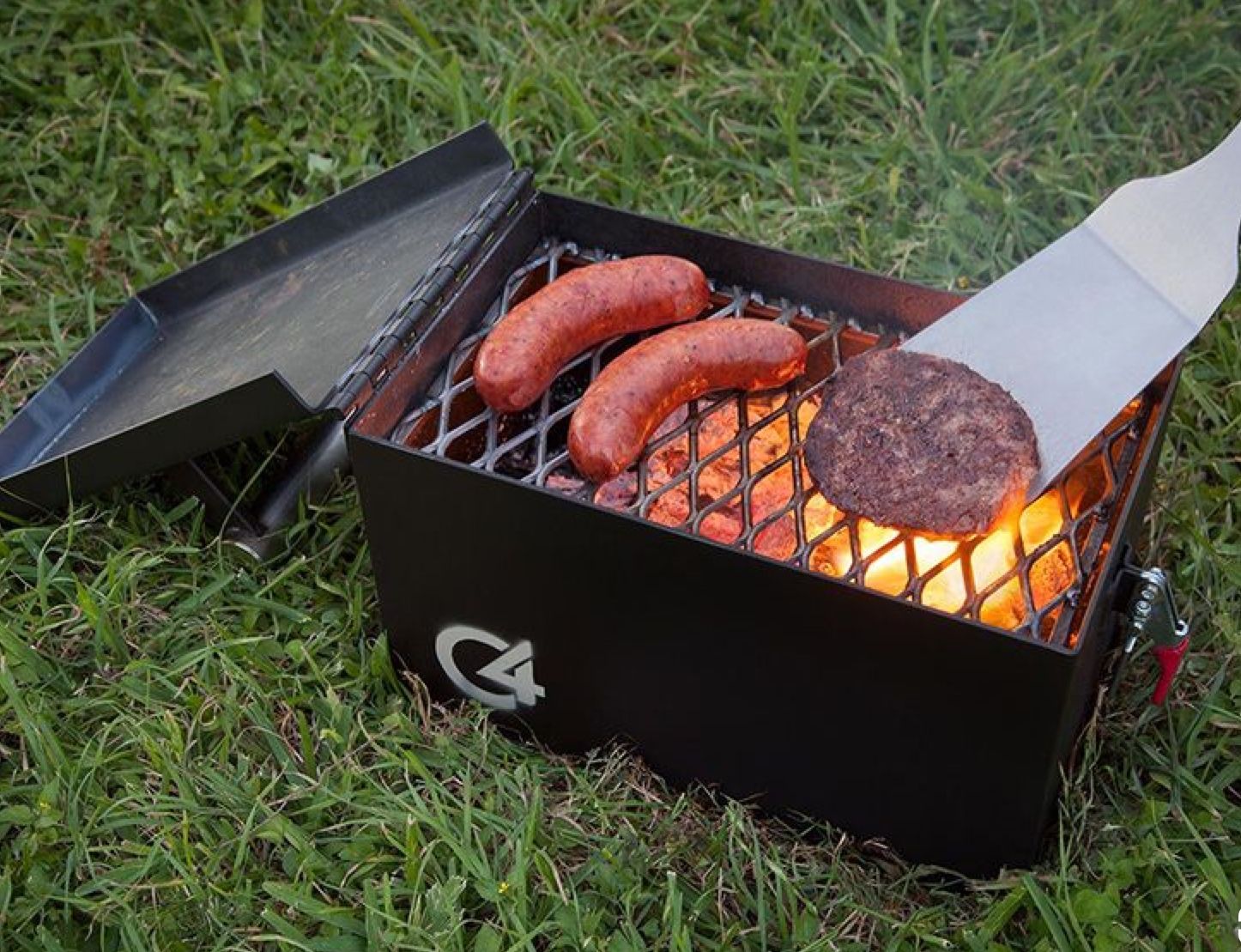
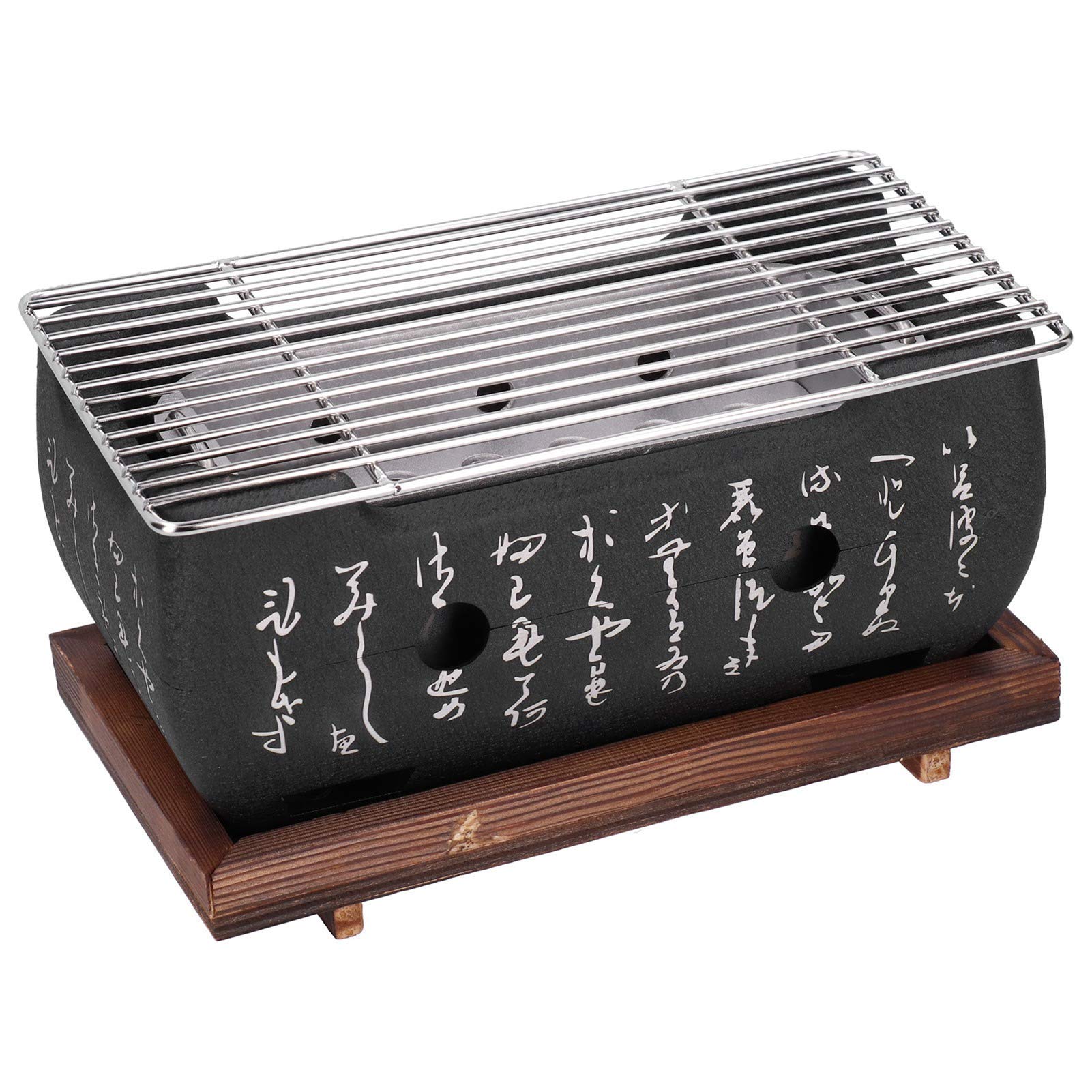
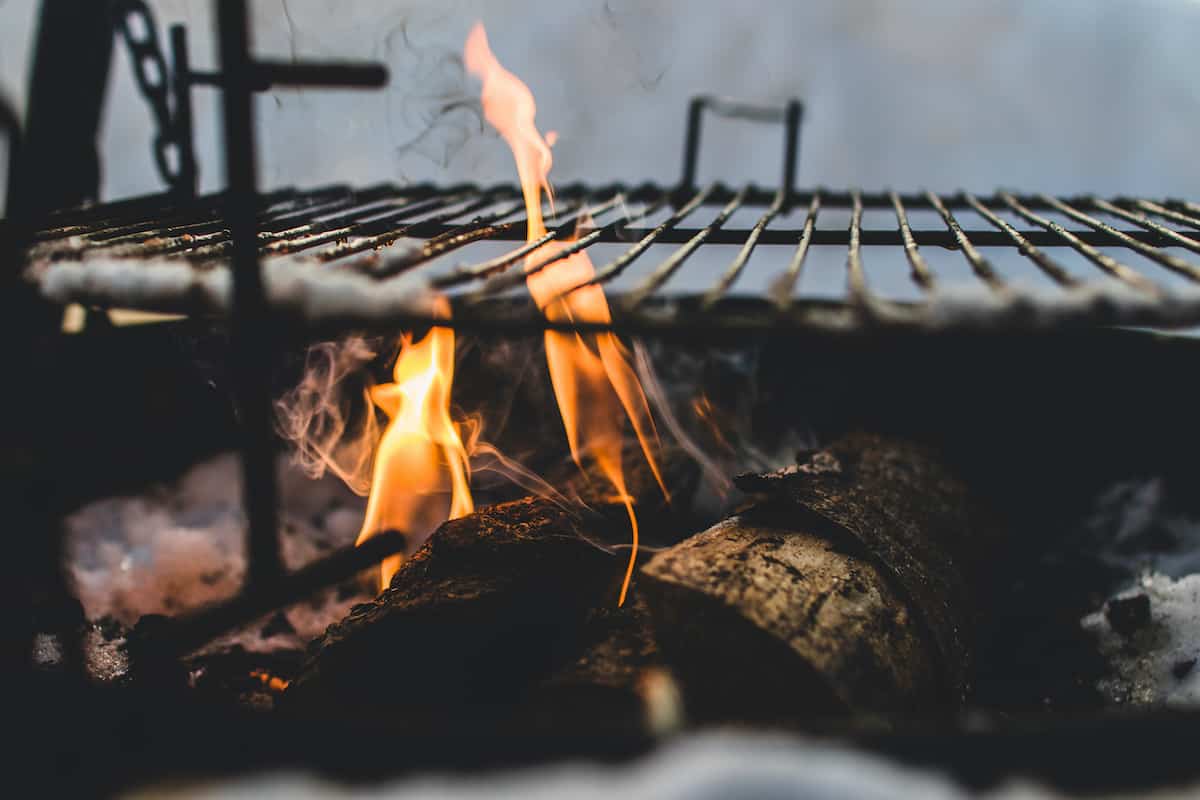
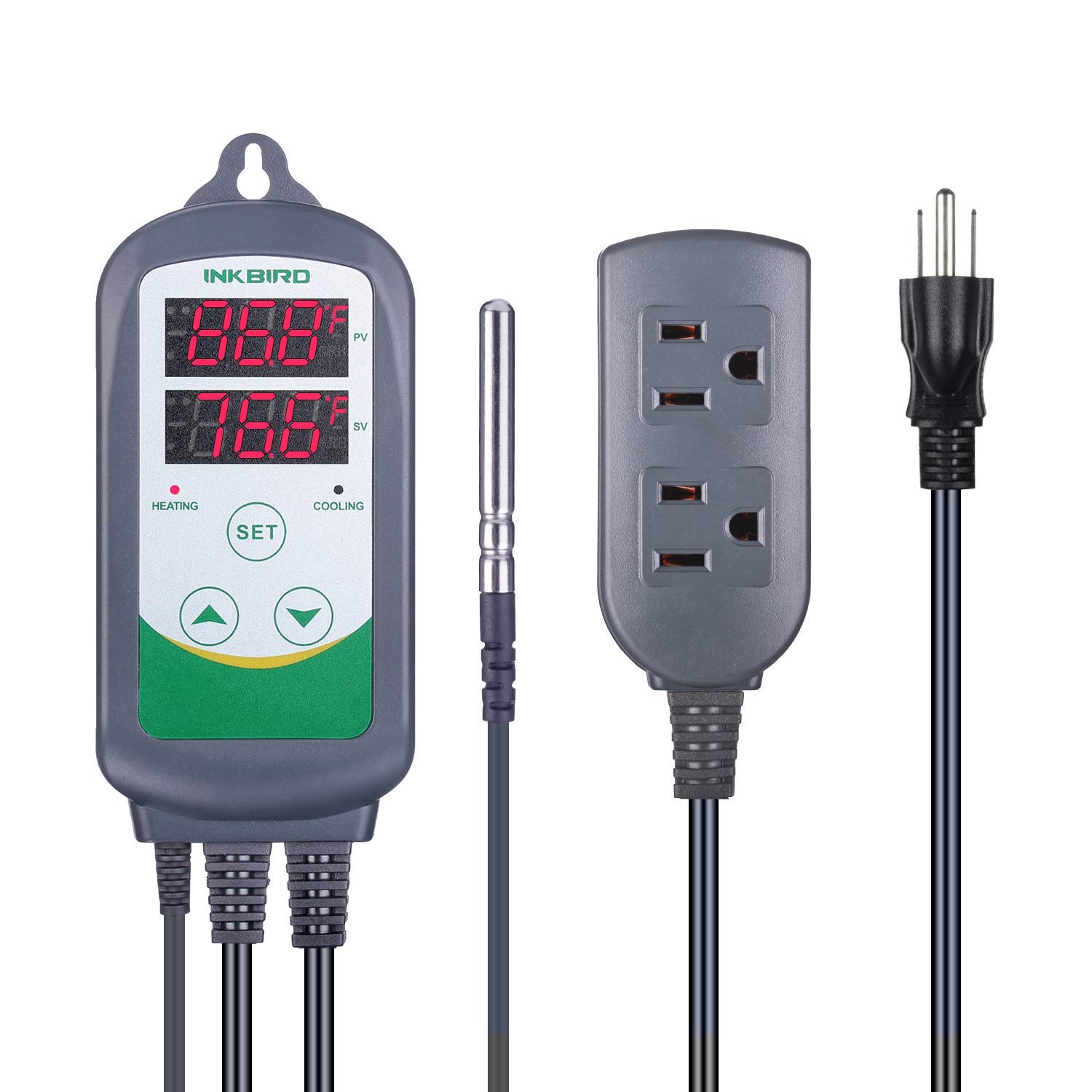
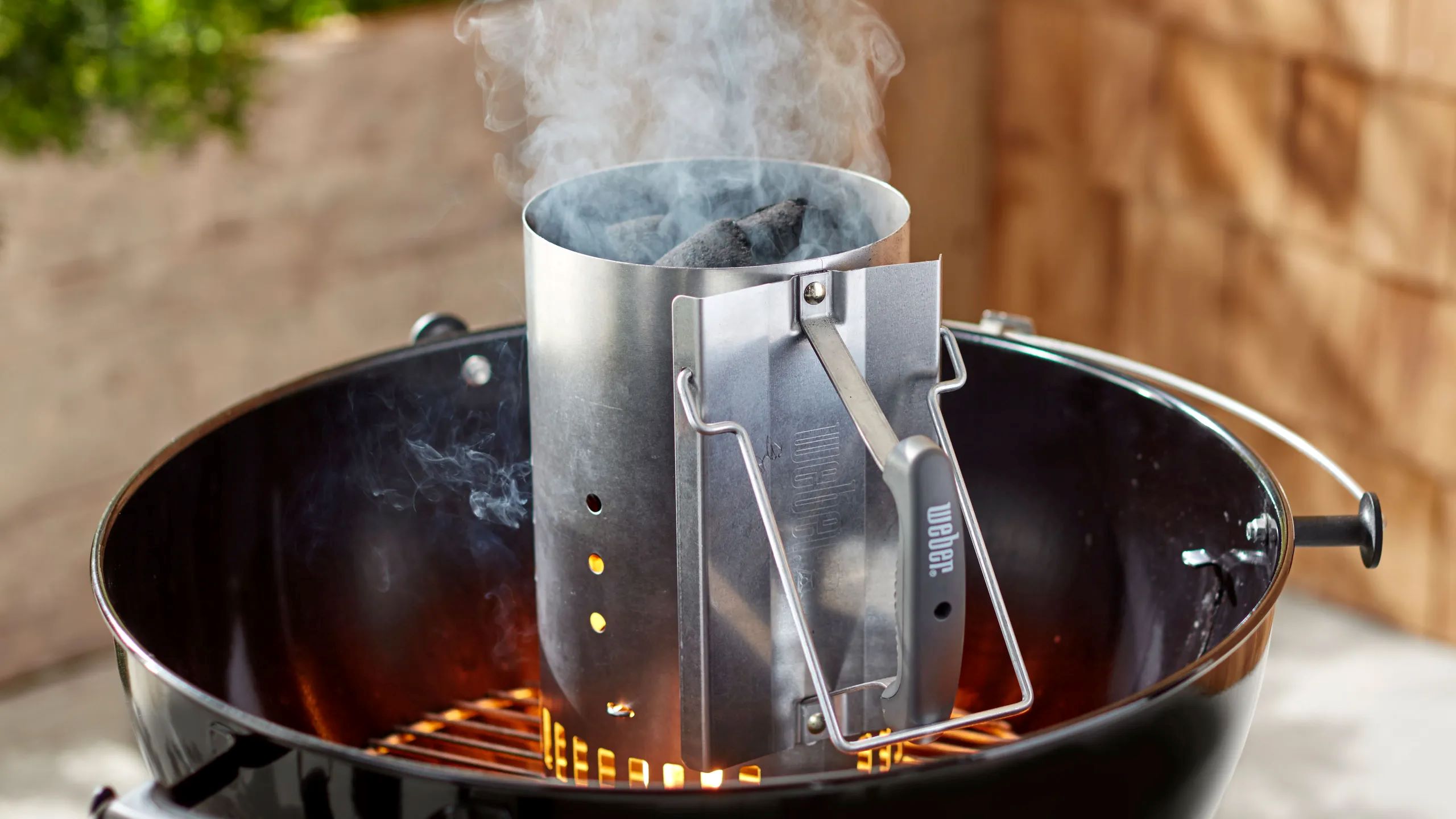
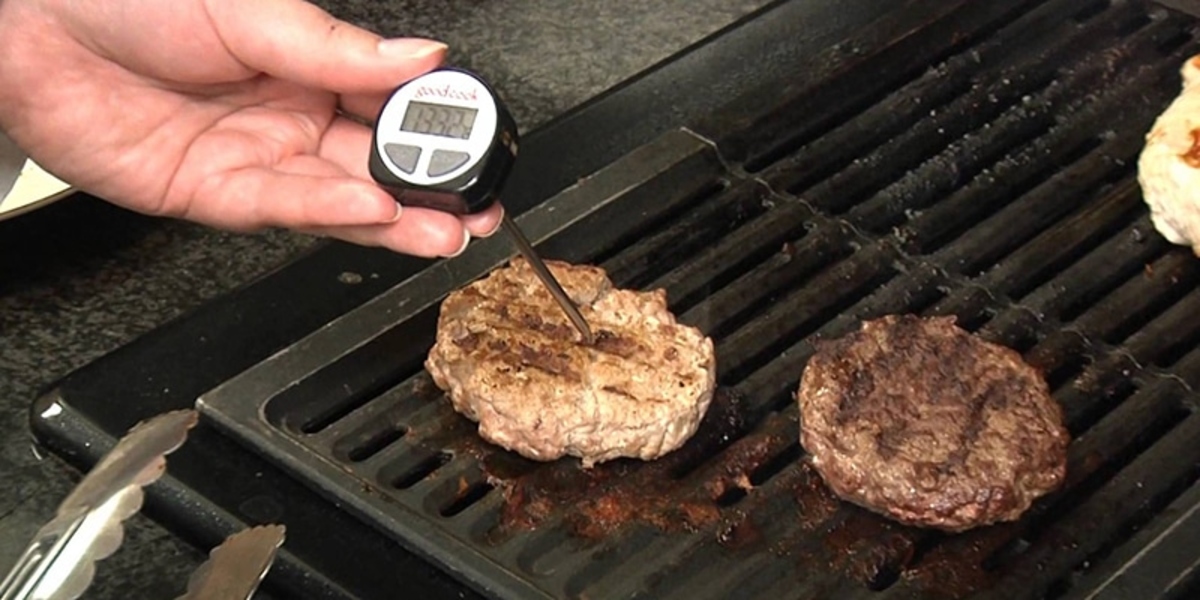

0 thoughts on “How To Control Charcoal Grill Temperature”